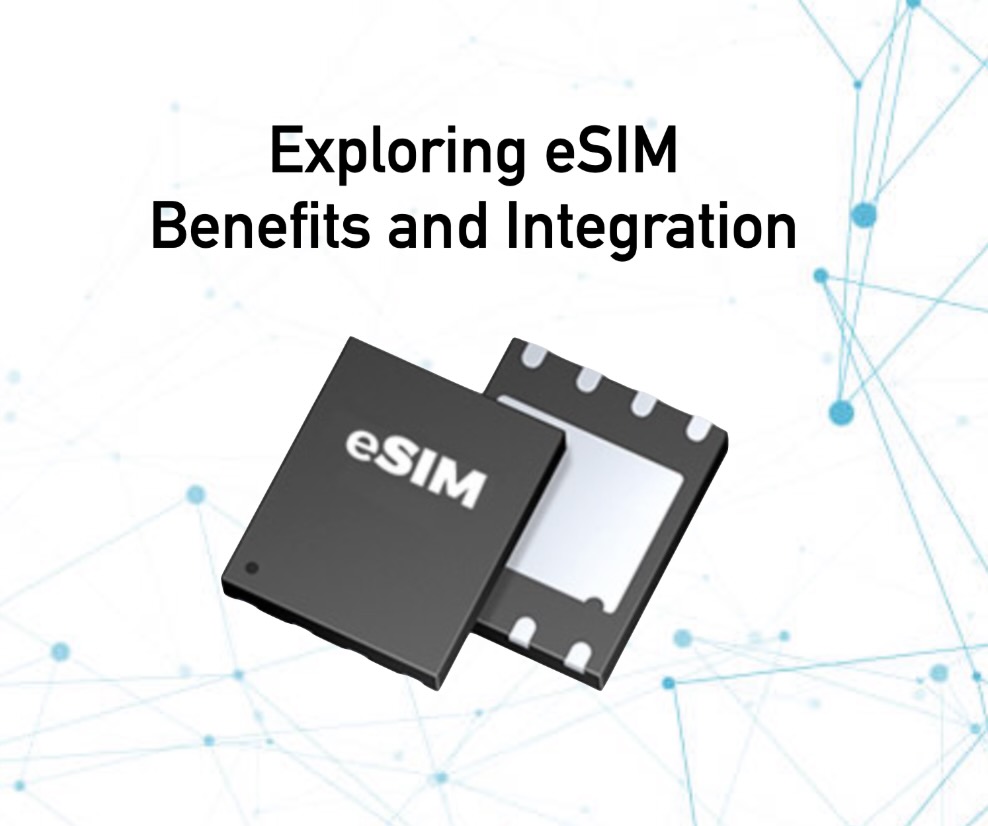Reliable communication is paramount for public safety agencies to effectively respond to emergencies and ensure the well-being of communities. To meet these critical demands, specialized sections of cellular networks have been established exclusively for public safety use. Companies like AT&T with FirstNet, Verizon and its Frontline service, and T-Mobile’s Connecting Heroes program have pioneered this […]
Category: 5G
How to Find Your Sierra Wireless AirVantage Account UID
If you need to renew your Sierra Wireless AirLink service you are going to need to supply additional information at checkout. This includes the device serial numbers, the account UID and the end user contact information. The account UID may be difficult to find, so we put together step by step instructions to make it […]
Navigating the Roads of Connectivity: Enhancing Reliability with Bonding
In the age of technological marvels, our world is inching ever closer to a future of driverless cars, promising safer and more efficient transportation. However, a recent incident in San Francisco has thrown light on a critical vulnerability that these autonomous vehicles face—reliable and seamless internet connectivity. Picture a bustling evening in San Francisco, a […]
The Evolution of Telecommunications: Bid Farewell to POTS Lines
In an era marked by rapid technological advancement, the familiar ring of a traditional copper wire telephone line, known as Plain Old Telephone Service (POTS), is gradually fading into the past. These legacy POTS lines, once the backbone of communication, are facing a phased-out future due to their aging infrastructure and diminishing usage. As their […]
Exploring Fixed Wireless Access Internet Service
In the ever-evolving landscape of communication technology, Fixed Wireless Access (FWA) has emerged as a game-changing solution, providing reliable internet connectivity to homes and businesses. FWA is offered by major telecom giants such as T-Mobile, Verizon, and AT&T, allowing customers to enjoy high-speed internet without traditional wired connections. While FWA presents an exciting opportunity, it’s […]
Verizon Speeds Up 5G Network
Verizon has gained early access to the entire 5G C-band spectrum it won at the March 2021 auction. This accelerates the expansion of their 5G Ultra Wideband network, doubling or even tripling bandwidth in some areas. This boosts capacity, data speeds, and allows for 5G Home broadband and Business Internet services. Joe Russo, EVP & […]
The Strategic Value of Out-of-Band Management Solutions
Maintaining an efficient and secure network infrastructure is paramount for businesses seeking sustainable success. Network disruptions can lead to revenue loss, operational inefficiencies, and eroded customer trust. In response, innovative approaches like out-of-band management have emerged, offering a robust solution to address these challenges. In this comprehensive guide, we delve into the realm of out-of-band […]
Exploring eSIM Benefits and Integration
In our increasingly digital world, connectivity is a cornerstone of modern life. From smartphones to smart homes, the need for reliable and versatile connections has never been greater. Enter the eSIM (embedded SIM), a technological marvel that is reshaping the way we stay connected. This article explores what eSIM is, its numerous benefits, and its […]
Saying Farewell to BlueJeans: Verizon’s Video Collaboration Service
Verizon Wireless just sent out a note alerting users of BlueJeans, a video collaboration service, that it will no longer be supported. Here’s What You Need to Know: Related posts: Adding 5G to Glass Wearables How Verizon Business is Taking 5G Innovations to Phoenix POTS Line Adapter – 5 Powerful Benefits for Choosing Peplink Cloud […]
Cutting the Cable – Switching from Cable Internet to Cellular 5G
90 Days in: An Update After about 90 days of living off 5G Internet service, I am more than pleased with the experience. Have I had any issues? I’d be lying if I said no, but thankfully they’ve been minor. Things like buffering video and choppy audio on voice over IP (VoIP) calls. Regardless of […]


